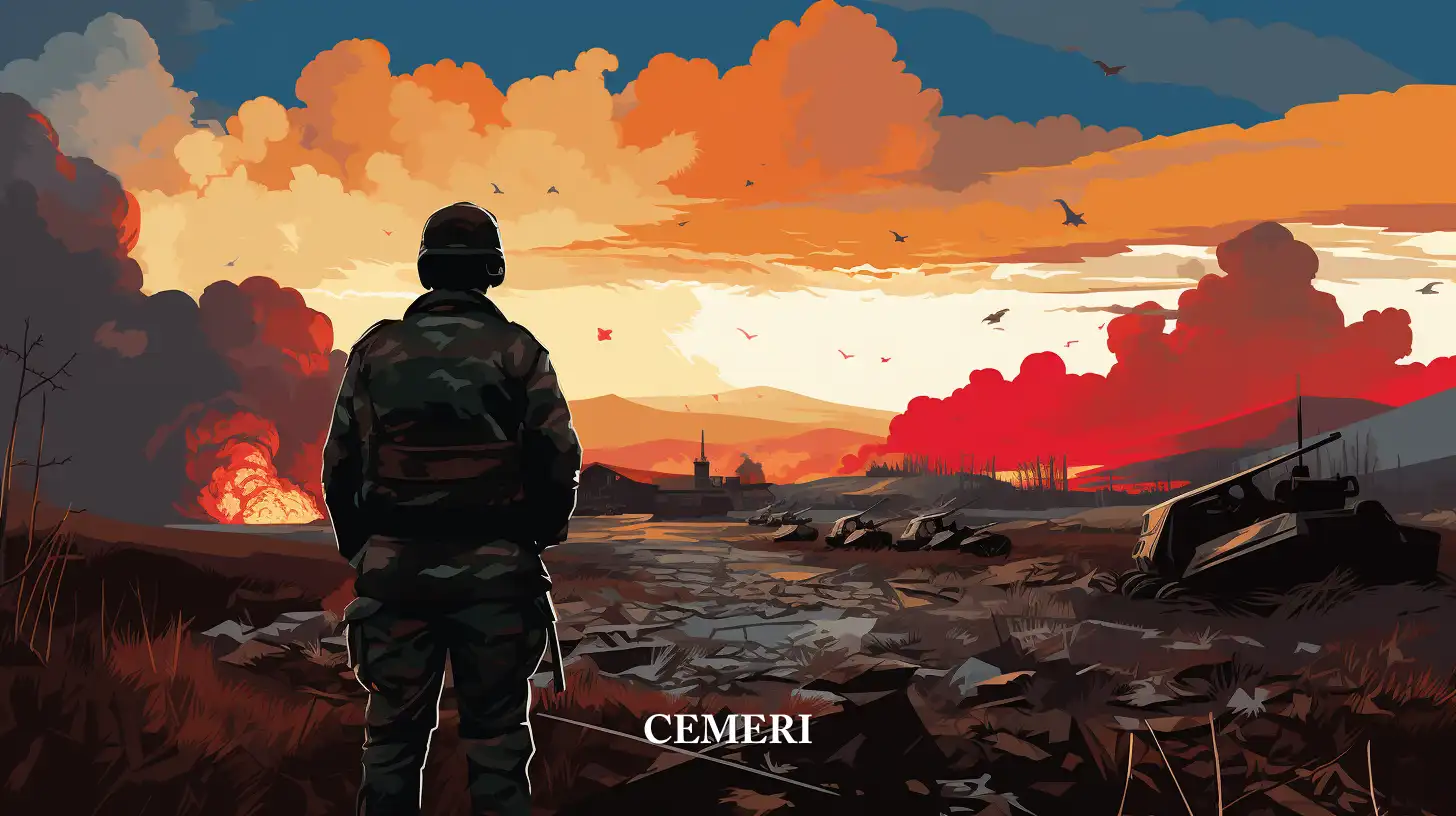Analysis
Patricio Martínez
The new conflict at the feet of Russia – Armenia and Azerbaijan
- Although tensions between the two countries had been nil for years, now a new war could break out.

Once again, the threat of an open conflict between the Armenian and Azerbaijani forces arises over the disputed region of Nagorno Karabagh, one of the main post-Soviet conflicts that has been going on for more than three decades in the South Caucasus.
Over the past two weeks, the warring parties have exchanged fire in the most serious incident since 2016, when the threat of a full-scale conflict loomed over the region for four days.
To understand this conflict, it is necessary to analyze the history of the region and the role played by the most influential nations in controlling the different ethnic groups that intermingle there. The Caucasus area has represented the point of clash between three great States: Russia, Turkey and Iran. Throughout history the three nations have sought to cement their influence over the region.
The more modern origins of the conflict lie towards the end of World War I and the collapse of the Russian and Ottoman empires. The region saw a tumultuous period of Turkish, British and French control, the formation of the short-lived Transcaucasian republic that succumbed to ethnic tensions and fighting that gave way to the equally short-lived republics of Armenia, Georgia and Azerbaijan. By 1922, all three had once again come under the power of Moscow, which would now seek to provide stability in a region historically difficult to control.
The creation of the Soviet Socialist Republics of Armenia, Georgia and Azerbaijan gave a relative sense of ethnic identity to the three peoples, but the delimitation of the borders was a problem, especially in the historical region known as Artsakh for Armenians and Karabakh for Armenians. Azerbaijanis.
In 1923, Joseph Stalin officially created the Nagorno Karabagh Autonomous Oblast within the Azerbaijan SSR with borders that ensured it would have an Armenian majority surrounded by Azeri territory. A clear example of "divide and conquer" that Stalin would use later.
Despite this, the region remained relatively calm while Moscow's influence remained strong in the region, a situation that took a turn during the 1980s with the central influence of the Soviet government weakening in peripheral regions, particularly the Baltic and the Caucasus.
In Karabakh, the question of whether the oblast should be united as an Armenian exclave, as the Azeri exclave of Nakhchivan was, resurfaced. Public demonstrations increased as well as the first violent ethnic clashes that led to pogroms against Armenians in Azerbaijan and Azerbaijanis in Armenia. All this while both republics sought to become the ethnic majority in the region.
Although this conflict has been officially in a ceasefire since May 1994, the reality is that since then there have been small skirmishes and clashes along the line of contact between the Republic forces on an almost daily basis. of Artsakh and those of Azerbaijan.

Given the physical size of the countries, the areas in conflict represent a large percentage of territory.
The 1994 ceasefire mediated mainly by Russia has kept the region in a static state broken occasionally by violent clashes like the one that follows. But the situation has changed in the last 25 years, Azerbaijan has experienced great economic growth as a result of the exploitation of its oil and gas fields, with which it has modernized its armed forces and carried out a strong propaganda campaign about an eventual recovery of their territories. The country has been supported in this by other nations such as Ukraine, Turkey, Israel and Russia, albeit to a lesser degree than in previous decades.
Armenia, for its part, has been economically stagnant due to a blockade imposed by Turkey, having to rely mainly on Iran and Russia. Although at first the most recent clashes could be considered another violation of the ceasefire, Azerbaijan's reaction has been much more active than in previous cases, mainly among the population.
Amid the coronavirus crisis, thousands of Azerbaijanis took to the streets of Baku calling on their government to go to war against Armenia while shouting anti-Armenian slurs. In Armenia, for its part, the public reaction was more moderate but equally inflexible on the question of the defense of Artsakh/Karabakh.
Russia is likely to mediate a ceasefire between the two parties again, in the midst of a global health crisis that has hit Russia particularly hard, an open conflict right at its doors is in the least interest of Moscow, which already has one open in the Donbas region.
Armenia is equally reluctant to mount a large-scale offensive, equally affected by the virus issue, the country is not in the best conditions for such a scenario.
Azerbaijan is perhaps the most interesting case. Ruled by the Aliyev family since 1994, its economy is based almost 90% on the export of gas and oil, which makes it particularly sensitive. Critics have accused the Azerbaijani government of using the conflict with Armenia as a form of diversion to maintain its power and to make use of censorship by the state control apparatus (the country is rated "Not Free" by the Freedom Index). of Press). The next few days will be particularly important for Russia, which will have to use its diplomacy and influence on both parties to avoid an escalation and, at least, calm the situation at a time when the 3 nations, like the rest of the world, must focus their resources to guarantee the health of their populations.
Sources
Fuentes

